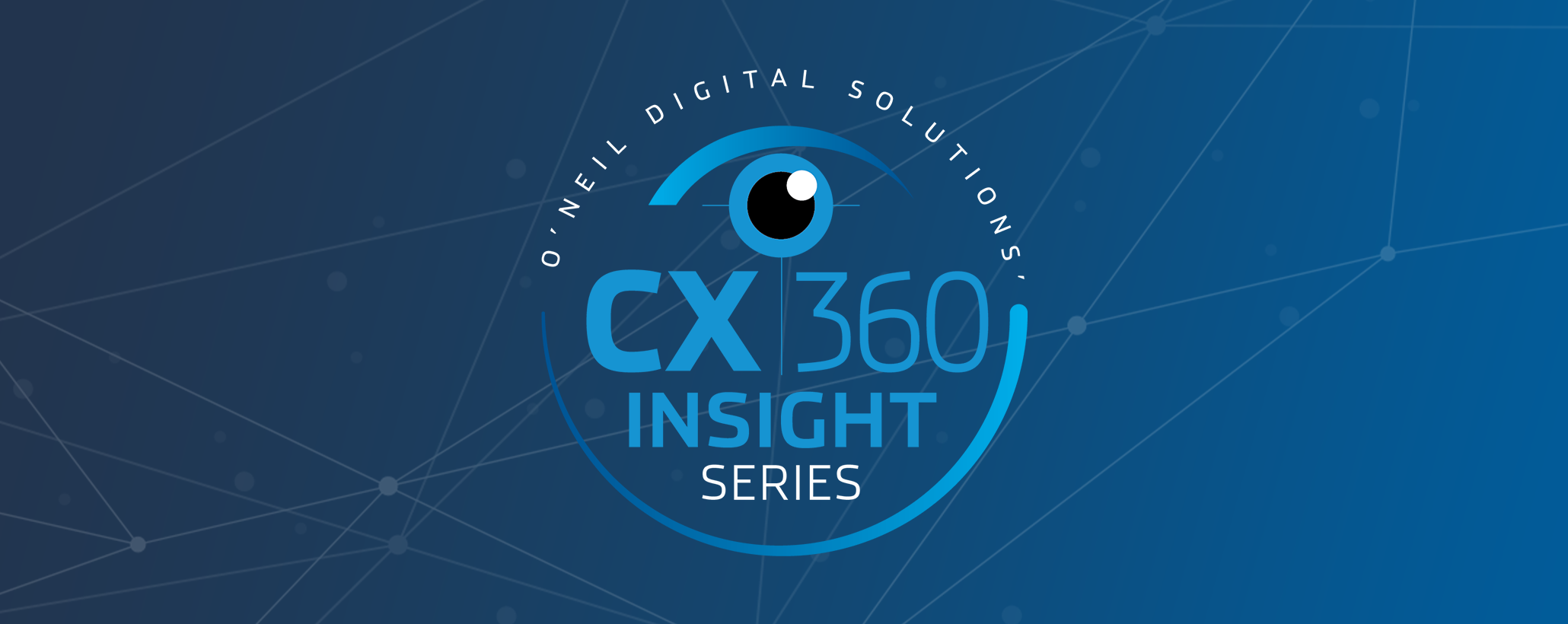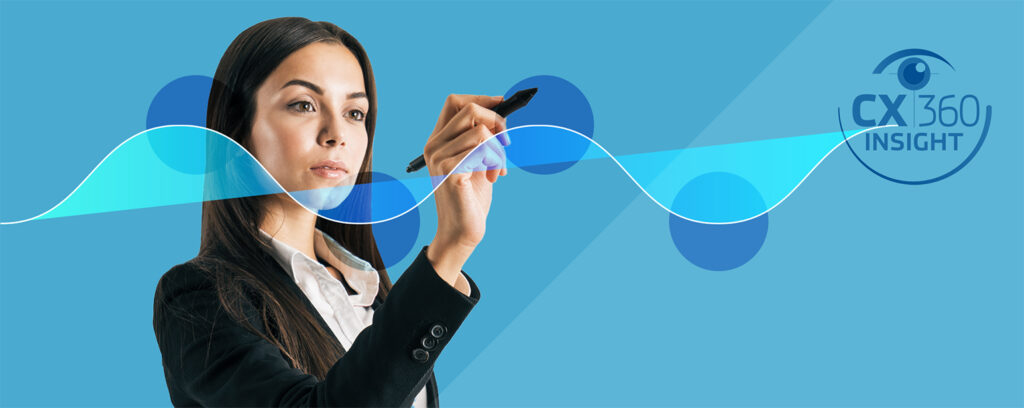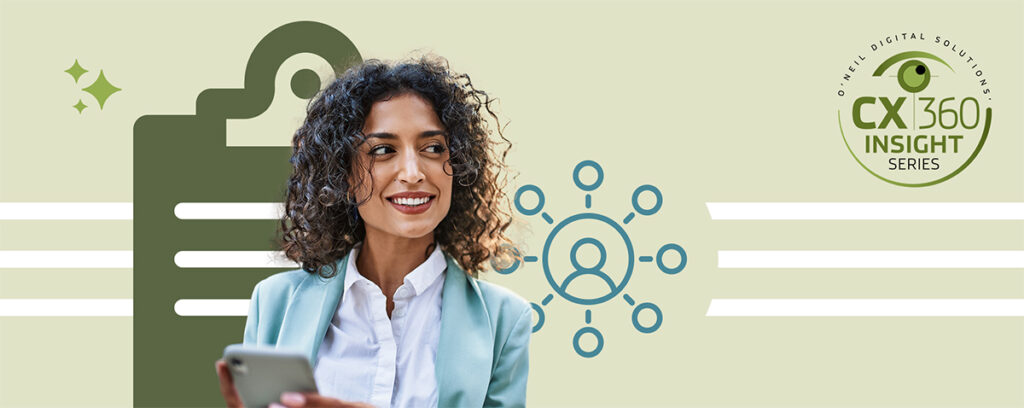What do you suppose is the number one reason why financial clients end their relationships with their broker or financial institution? The answer might surprise you. It’s poor communication. Shareholders want to be informed and educated, so much so that these criteria far outrank broker performance, fees or commissions in order of customer satisfaction importance. While low fees and commissions may be a means to attract new clients, they are rarely factors in retention.
“Investors want information and education,” says Nancy Salk, director of research for J.D. Power and Associates. “With greater access to a plethora of financial material from the Internet and media, investors are in information overload. Investors are looking for a broker who will be an information disseminator.”
There’s a rule of thumb about communication: good communication alone cannot sustain a relationship, but poor communication will almost always break it.
The New Table Stakes
While expectations and communication preferences vary by generation and demographics, a of key truth remains consistent throughout: relevant communication and education is valued most. Across the spectrum, clients are seeking guidance by those who can demystify finance, educate them, and make it easier for them to understand. Whether a Millennial, GenXer, or Baby Boomer, the demand for more frequent, personalized interactions and meaningful insight is the difference between a committed client and one with a foot out the door.
Here’s the reality. Consumers have come to expect exceptional levels of personalization, thanks to brands like Netflix, Amazon, and Apple who’ve cracked the code on delivering convenience and value. These are the new table stakes — the minimum required to stay in the game.
And consumers aren’t giving a pass to financial institutions, many of which fail to deliver the same degree of choice and personalized experience. Consumers want control and they want it quickly and easily. They expect relevant, high quality information that that addresses their financial concerns. This might be a projection of future retirement income needed to maintain a certain lifestyle. Or perhaps it’s best practices to avoid a data security breach. Or how the new SECURE Act might impact a client’s 401(k).
A Lingering Distrust and the Rise of Fintech
It’s no secret that there’s a lingering distrust in financial institutions and banks, thanks in large part to the Great Recession from 10+ years ago. This is especially true among millennials, many of whom watched their parents lose homes and savings in the crisis.
This lack of trust in large, established financial intuitions has paved the way for startup companies that operate leaner and leverage technology to deliver remarkable customer experiences. These digital banks are embraced especially by younger generations who have traded their allegiance to traditional institutions for new financial technologies that provide better user experiences, greater convenience, and help them realize their financial goals. These fintech startups are exceptionally adept at building trust by continually meeting the demanding needs and expectations of today’s impatient, mobile-dependent consumer.
Understanding what People Want
Most Americans and the media were bewildered in the 2016 Presidential election when an outsider became the 45th president of the United States. When the nation’s leading pollsters missed the mark in such significant fashion, they damaged their reputations and weakened the credibility of their prediction models. But not everyone got it wrong.
Our division at O’Neil, Investor’s Business Daily (IBD)/TIPP, was the only major national poll that used data analytics to study the polling data correctly, and predict the election. Further, the poll results are the fourth presidential election in a row that IBD/TIPP has predicted correctly, earning them praise from media outlets as “the gold standard going forward.”
So why was the IBD/TIPP poll more accurate than all other polls? One of the most advantageous differences came in the method in which IBD accurately gauged voter enthusiasm. The IBD model is not a forecast or an estimate, but a deeper, unbiased look at data and numbers that has proven to be a more realistic appraisal of what people believe.
(Re)building Trust
How can the lessons from the last Presidential election be applied to customer satisfaction in an industry struggling to build shareholder trust? The difference is in the data.
A 2019 study by the National Association of Retirement Plan Participants (NARPP) shows that overall satisfaction with plan providers declined by 24 percentage points — a new low over the past six years. Only 11% of those surveyed claim to trust financial institutions.
Survey participants cited education, receiving relevant information, and believing that the information given to them is in their best interest, as the most essential factors required to establish trust.
So, how can organizations leverage data to ensure they meet the needs and expectations of today’s shareholder? Understand them, as individuals. It is simply not enough to rely on traditional buyer personas as a gauge of what consumers expect. Traditional personas are based on assumptions about a broad range of people, often derived from research, surveys, or engagement tactics. It is limited in its ability to decipher and understand critical psychological factors such as how a specific individual feels, thinks or wants. This limitation creates a potentially significant gap between what we might assume about an individual and what they really prefer.
The Power of “Live” Personas
What do you get when you combine multiple data points, psychographic analysis, and predictive modeling? Enter what O’Neil Digital Solutions has aptly named the “live” persona.
Consider the vast insight we reveal on a daily basis through our activities, behaviors, decisions and habits. From social media and technology use, communication preferences, service expectations and buying behaviors. These are each potential categories of data that inform how we want, think, or feel. Consider additional data sources established through our interactions with plan providers and financial institutions: research surveys, support inquiries, inbound calls, CRM data, and communication preferences.
The ability to capture insight from multiple data points related to a stakeholder, and analyze and learn from that data, presents an unprecedented opportunity to create and deliver valuable experiences designed exclusively around that individual.
Ensuring Stakeholder Satisfaction
Building brand loyalty and ensuring stakeholder satisfaction requires a commitment to delivering a better overall experience. It begins with taking a member-centric approach to communication and recognizing that expectations vary from person to person and guiding them at every interaction.
The most successful financial organizations use highly personalized and relevant data to create valuable insights that enable them to interact with stakeholders in more meaningful ways. They consider each every touchpoint of the customer experience, whether online or offline, and work to ensure personalization at every point.
Disclosure:
O’Neil Digital Solutions is a leading IT consulting firm specializing in the optimization of complex end-to-end communications systems for the healthcare and financial services industries. O’Neil provides document creation & management, Omni-channel communications, interactive software solutions, data analytics and professional consulting services to help clients create rich, customer-centric communications. O’Neil is part of the William O’Neil + Company family of businesses, which include Investor’s Business Daily (IBD).










